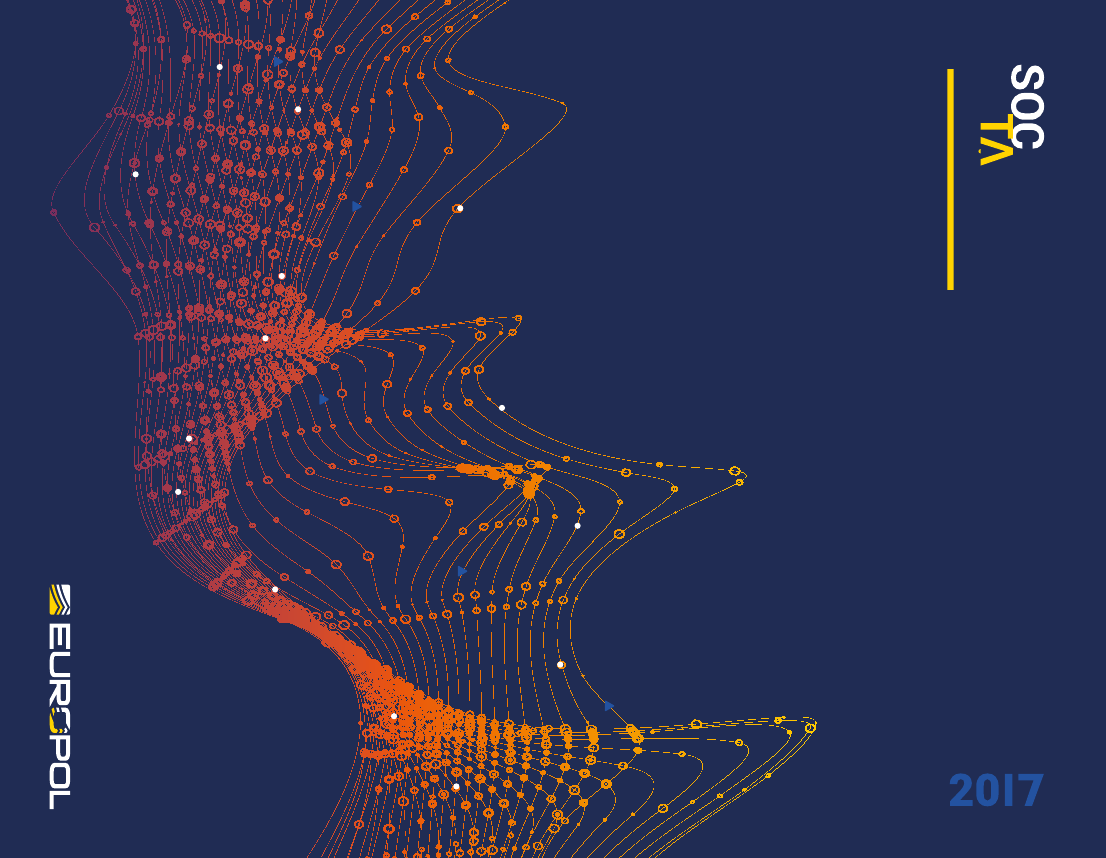
currency counterfeiting
SERIOUS
AND
ORGANISED CRIME
THREAT ASSESSMENT
EUROP EAN UN ION
Crime in the age of technology
firearms trafficking
Intellectual property crime
Cybercrime
fraud
money laundering
Trafficking in human beings
drug trafficking
sports corruption
illicit online trade
environmental crime
Organised property crime
document fraud
Migrant smuggling